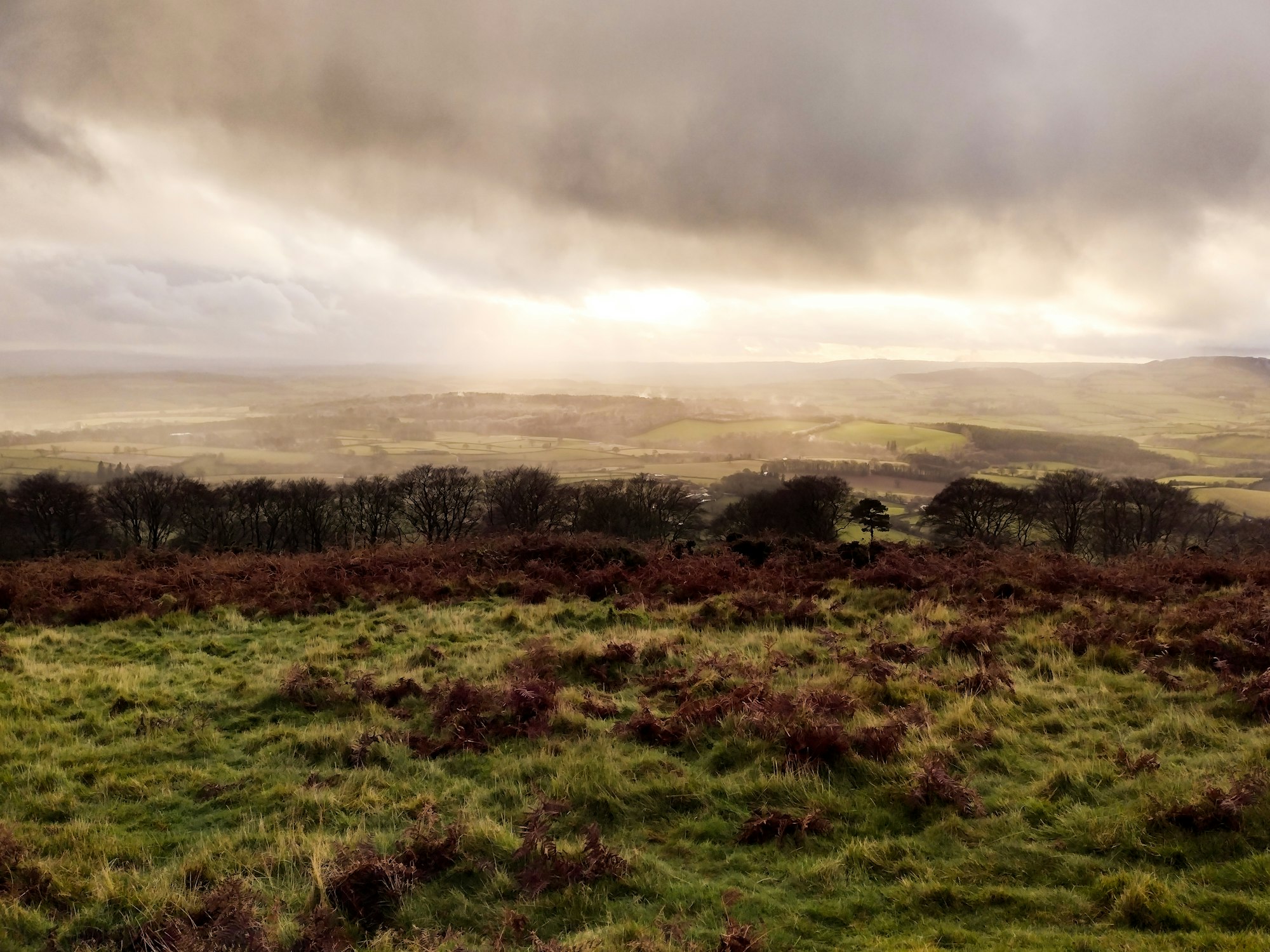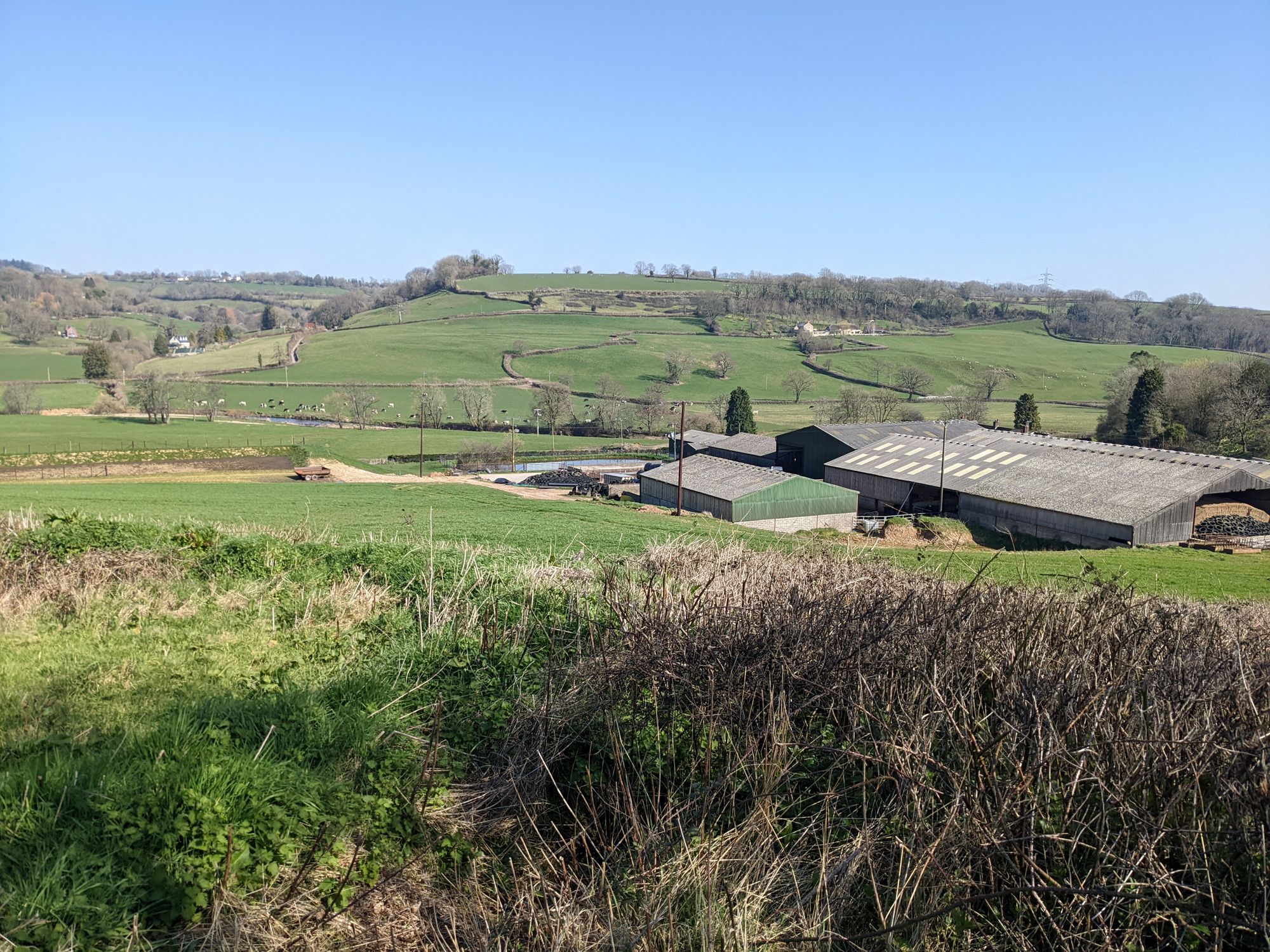Our most stunning 'national landscapes' are largely out of bounds

National Landscapes (formerly Areas of Outstanding Natural Beauty) are amongst the nations most celebrated landscapes, yet 22 out of 34 National Landscapes in England have less than 10% of their area designated for public access.
The National Landscape Association state that "they are the UK’s nearby countryside - 66% of people in England (44 million) live within 30 minutes of a National Landscape and at least 170 million people visit them every year".
Across the UK there are 46 National Landscapes (NLs), 34 of which are in England. These areas were first given power for designation under the National Parks and Access to the Countryside Act in 1949 - the first AONB in England was the Quantock Hills, followed over the decades by the others, with the most recent being the Tamar Valley in 1995. For this analysis I have removed the Scilly Isles which has its own arrangements with regards to access and public rights of way, so will refer to 33 AONBs.

The 1949 act set out to ensure that while National Parks were places protected for both biodiversity and people, that other areas which didn't quite make the cut for National Park designation were appropriately recognised - thus AONBs were formed. In some ways they were in the shadow of their higher-designation big brothers, but they were also born of the same post-war intention: to ensure our most cherished and stunning of landscapes were protected for wildlife and people.
It's somewhat perplexing then, that while our National Parks in England have 51% of access land designated under the CRoW Act (2000), our other protected landscapes have been left with very little. In fact, 21 out of 33 NLs have less than 10% of their area designated as access land. They offer the crumbs off the table.

Even when footpaths are taken into account, many NLs are desperately lacking access. Across England, the average footpath density is approximately 2km of public rights of way per square kilometre. 22 of the 33 NLs in England have less than the national average for public right of way access. Six of these have under 1km of paths per km2 (although in areas such as the North Pennines, open access land helps to offset this).

The Countryside and Rights of Way Act (2000) further encompassed AONBs and clarified the criteria for the beauty and aesthetics of these areas. Amongst the criterion is 'scenic quality', various 'heritage features' and relative tranquillity.

Let's take one example from the Devon and Somerset border: the Blackdown Hills, designated as an AONB in 1991 for some of these landscape features. Only 2% of the Blackdowns were to become open access under the CRoW Act. The little access land which is there is made up of scattered remains of commons, fragments of moor and the occasional woodland. Walking there recently on some of the available footpaths (the Blackdowns has 1.2km of public rights of way per km2 - well below the national average), I saw vast fields filed with Friesian cattle - massive industrial dairy units, gaping slurry pits and, as far as the eye could see, acres of glowing-green fertiliser-improved grassland. Below it's chirt plateaus, the Blackdown Hills are an industrial farmscape. Perhaps one of the Blackdown's most important cultural offerings is to make us aware of the realities of modern dairy production - far from the bucolic idyll some might expect.

These National Landscapes do a lot of lifting when it comes to livelihoods, nature and recreation - without a doubt there is plenty to hold in the balance here. One of the most notable things about NLs is that their locations don't map neatly onto unenclosed uplands as some of our National Parks do - indeed, many are in the lowlands and as such consist of farmland, woodland and heath. Many of them in the South West are scattered along the coast.
There is, therefore, an open and urgent question about these treasured landscapes which didn't quite make the final cut to become national parks, but nevertheless are recognised as being valuable as 'our nearby countryside'.
For now, the rebranding of AONBs as National Landscapes only emphasises the fact that, for the majority of the nation, these landscapes remain largely out of bounds.